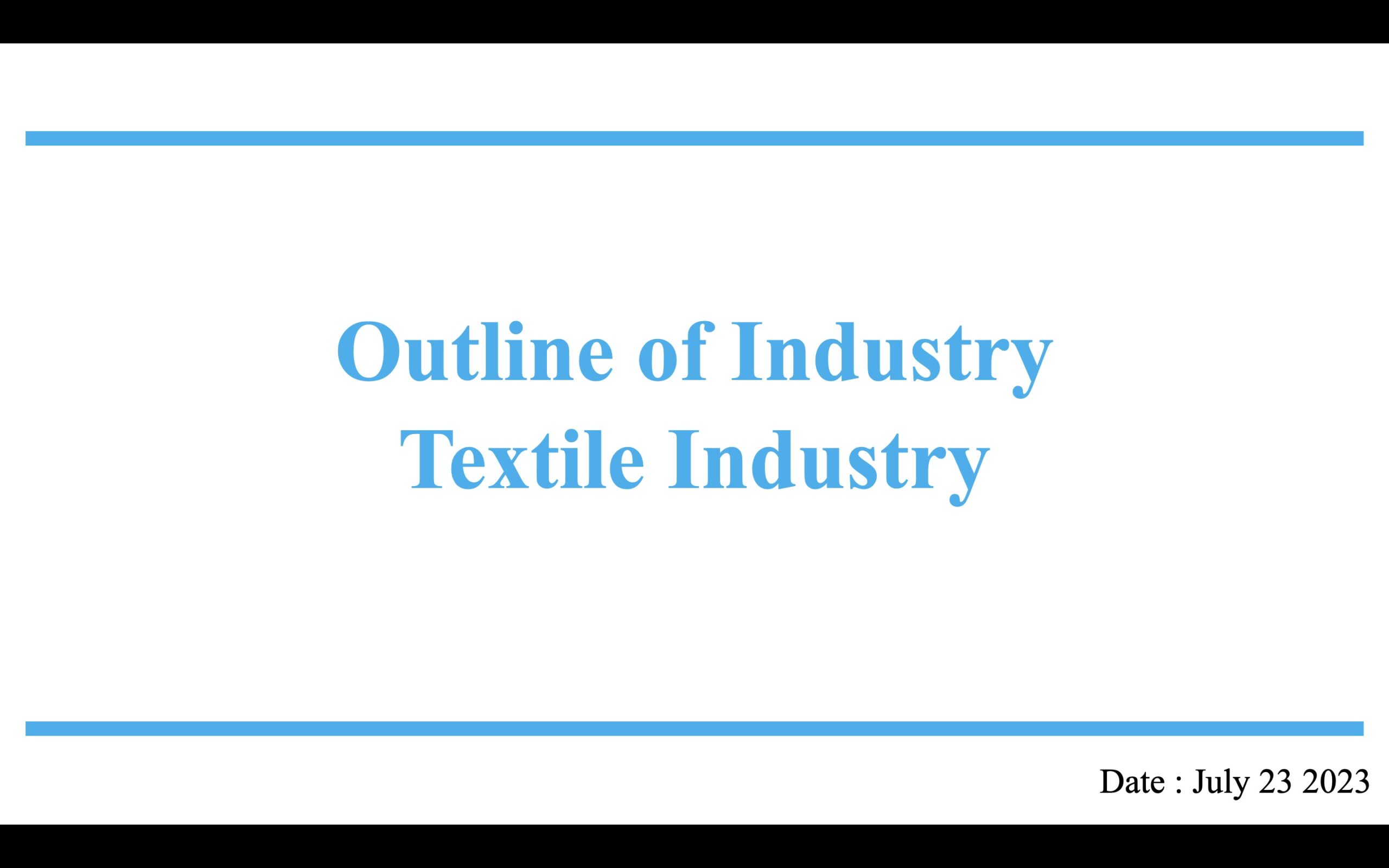The textile industry is one of the oldest and most important industries in the world. It is a complex and diverse industry that encompasses everything from the production of raw materials, such as fibers and yarns, to the manufacture of finished products, such as clothing, home furnishings, and industrial textiles. The industry is characterized by a wide range of products, processes, and markets, making it a complex and challenging sector to navigate.
One of the key challenges facing the textile industry is the increasing competition from low-cost producers. With globalization and advances in transportation and communication technologies, it is easier than ever for companies to access new markets and find low-cost suppliers. This has led to increased competition for businesses in the textile industry, especially in developed countries, where labor costs are typically higher. To remain competitive, companies must find ways to reduce costs and improve their efficiency, while still maintaining the quality of their products.
Another challenge facing the textile industry is the need for sustainability. The industry has a significant impact on the environment, from the production of raw materials, such as cotton and synthetic fibers, to the use of energy and water in manufacturing processes. This has led to growing concerns about the sustainability of the industry and the need for businesses to reduce their environmental footprint. To address these concerns, companies are investing in new technologies and practices to minimize their environmental impact, including the use of sustainable fibers, the reduction of waste and emissions, and the improvement of energy efficiency.
The textile industry is also impacted by changes in consumer behavior. With the rise of fast fashion and an increasing focus on sustainability and ethics, consumers are becoming more mindful of the impact of their clothing purchases. This has led to a growing demand for products that are not only fashionable, but also environmentally and socially responsible. To meet these changing needs, companies are investing in new technologies and processes to produce high-quality, sustainable products that meet the demands of modern consumers.
To ensure the future of the textile industry, there are a number of steps that can be taken. First, companies can continue to invest in new technologies and practices to reduce their environmental impact and improve sustainability. This includes the use of sustainable fibers, the reduction of waste and emissions, and the improvement of energy efficiency. Additionally, companies can invest in research and development to find new and innovative ways to meet the changing needs of consumers, such as the development of new materials and processes that are more environmentally friendly.
Another step that can be taken to ensure the future of the textile industry is the promotion of responsible and sustainable practices throughout the supply chain. This includes working with suppliers to promote fair labor practices and improve working conditions, as well as investing in education and training programs to support the development of a skilled workforce.
In conclusion, the textile industry is a complex and diverse sector that plays an important role in supporting the needs of modern society. Despite the many challenges facing the industry, including increased competition, the need for sustainability, and changes in consumer behavior, there are a number of steps that can be taken to ensure its future. By investing in new technologies and practices, promoting responsible and sustainable practices throughout the supply chain, and responding to the changing needs of consumers, the textile industry can continue to play a vital role in the global economy for many years to come.



Comment